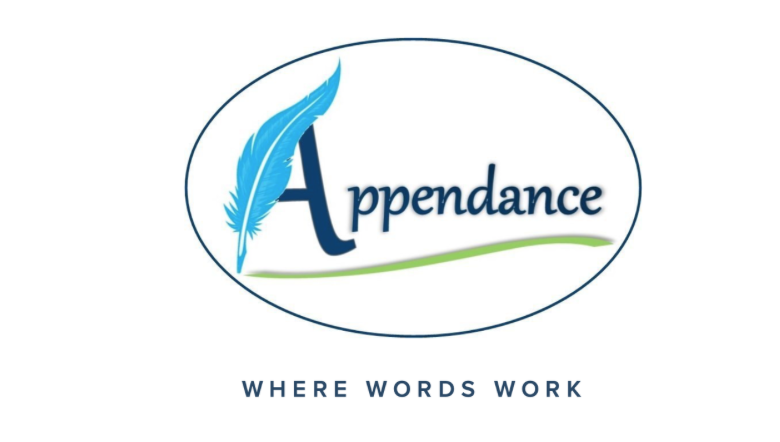Routine Messages: Start with the Ask
Jenny Morse, PhD
Author and CEO
Routine messages are messages that are…routine, as in you write them all the time or you get the same kind of messages all the time. These are your day-to-day, the main things you do, the things you probably should have built templates for so that you can just swap out the names at the top.
For example, if you work in a bank helping clients open new accounts, you probably send every new client a similar email with a list of documents that they need to fill out or submit. But the list of documents is slightly different for each client because some of them have already sent you some of the documents or showed up to the bank with their passport, or they are a family friend or someone you met at yoga class. For whatever reason, the content of the message is almost–but not quite–the same as a lot of other messages you have written.
On the other hand, you might work in human resources where you get similar requests for signing off on various documents: worker’s compensation, accessibility requirements, or employment certifications for loans and mortgages. You might not be writing these messages regularly, but you do receive at least one of these requests every day.
Want a more in-depth refresher on professional writing?
Try our Better Business Writing: On Demand course. This self-paced, virtual course will teach you strategies to become a more efficient and effective writer, and provide you with expert feedback
In both instances, the messages themselves are routine. The banker writes the same type of message each day, and the human resources manager receives the same messages each day. These messages form a substantial component of the work each of these professionals does.
When we see the same things over and over, our brains get bored. They stop paying attention and shortcut to our previous experiences. Brains are amazing at integrating past experiences to create shortcuts for our present. This is why most of us drive the same way to work every day, or use the same door at the grocery store, or do the same circuit at the gym. It takes a lot of work to figure out how to do these things the first time, so once we’ve done them successfully once, our brain is like “just do it that way again.” Forever.
And while these shortcuts are mostly useful and enhance our experience of the world, some situations do occur where those shortcuts are not helpful. In the case of routine messages for work, the result is that we tend not to read or write the whole message. The banker knows exactly what is needed, what documents the clients should provide or fill out. In writing the message, the instructions might make perfect sense to the banker who has so much experience, but there is not enough information for the client, who has never done this before. Or the banker might overcompensate for the client’s lack of knowledge by writing a message that includes the entire history of banking so that the client understands exactly why each document is absolutely necessary. But the client doesn’t care about all that and never reads the whole message, let alone the list of documents they are supposed to send back.
Neither message will be successful in meeting the client’s needs.
The HR manager, on the other hand, reading the same messages every day, may stop reading the whole message, skimming through to look for what the person is asking and what they are supposed to do. The HR manager might not see all the information because they aren’t reading the whole thing. They might not read the giant paragraph that says right in the middle what they are supposed to do.
Because routine messages send our brain into this shortcut function–we’ve seen or done it before so we already know what it says or what to do–we often make mistakes with the things that we are most familiar with. Most accidents happen within 10 miles of home–both because we are so frequently coming and going from our home and because that area is the most familiar to us so we don’t pay attention in the same way that we would to a new environment.
Most mistakes probably also happen in routine messages for the same reasons: we are doing those things frequently and we are overly familiar with the content. We are much more careful and attentive to new information.
All of this means that when we are writing routine messages, we should start the message with the central ask: the thing that we want the reader to do after reading our message.
The banker should start messages with something like “Please make sure to complete the following tasks to open your account” and then provide further instruction and information.
Messages to the HR Manager should start with something like “Would you please sign the attached worker’s compensation form by Friday?” and then provide further instruction and information as necessary.
Starting with the ask ensures that the reader knows exactly what the message is asking them to do. The main idea is clear from the outset.
Too many of us start routine messages with an explanation–why are we writing, what is the rationale for the request, who asked us to do this, or the reasons something has to be done. Reasons are important (in persuasive messages, so look for that explanation next month), but they are not the most important thing in a routine message. When we do things every day, we’ve already accepted the rational; we know why it’s important or who it’s important to. We don’t need that information to complete the task.
And, before the explanation, since many of us exchange routine messages with the same people, our inclination may also be to start the message with a nicety: “How are you?” or “Hope your family is doing well!” or “Hope your year is off to a great start!” Our instinct to do that is a positive one because we are looking to connect with our audience. However, in practice, starting with the nicety in writing puts something unnecessary in the space that is most likely to be read by most people. Nearly all readers will start at the beginning, so that is the prime space for sharing with the reader what you need from them. When we start with a nicety, we are focusing the message on how nice we are rather than the task that we want done. Sometimes that is useful, but when you write to people frequently, they already have an opinion of whether you are nice (you will know because they want to hang out with you in real life) or not (that’s when they don’t want to hang out in real life).
My recommendation: write the nicety first so that you feel good. Then copy and paste it to the end of your message, the bit before your closing word or phrase (best, regards, sincerely, etc). Writing it first ensures you feel like you’ve connected with the audience. Moving it to the end of the message ensures that you present the reader with what they need most: the purpose of your message.
Remember: with routine messages, what we do need is specific information about what the task is and a polite request for us to do it. Start with that, then follow with the rationale and end with the nicety.








